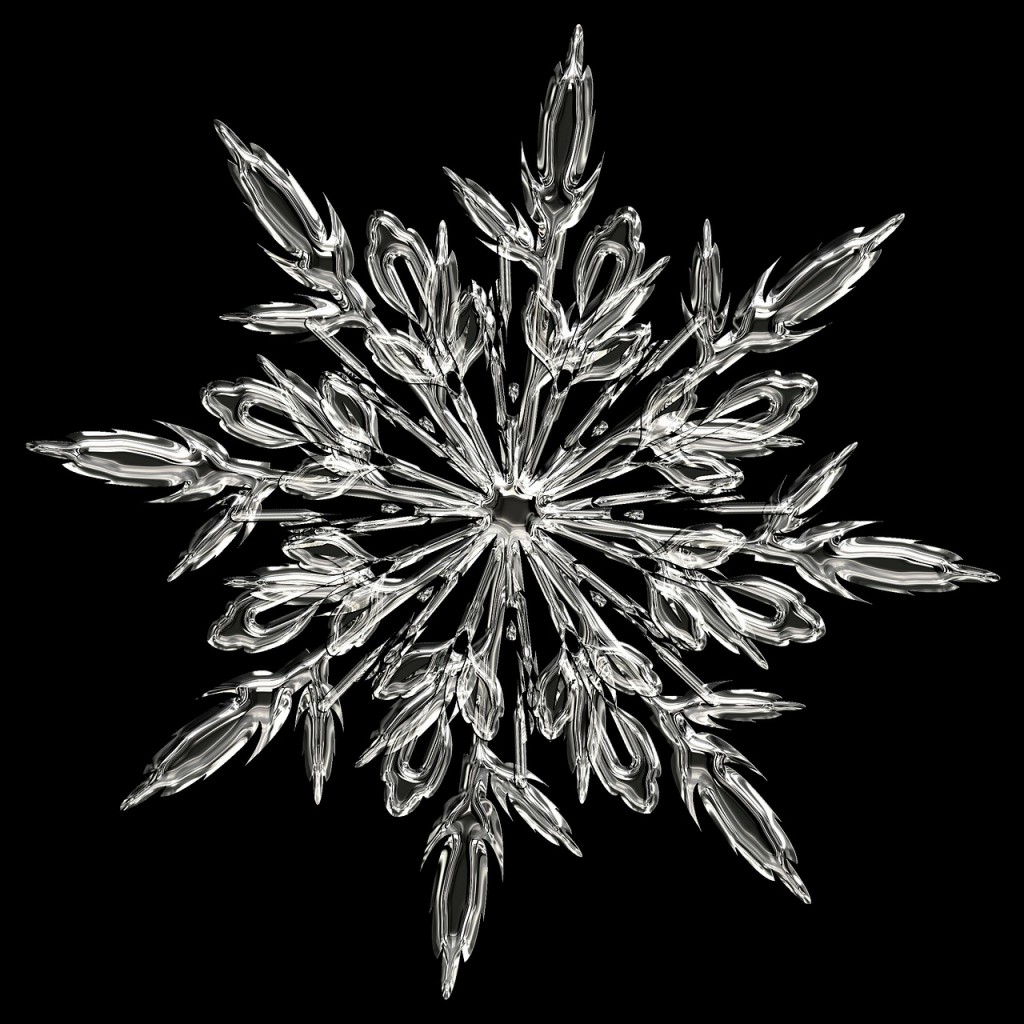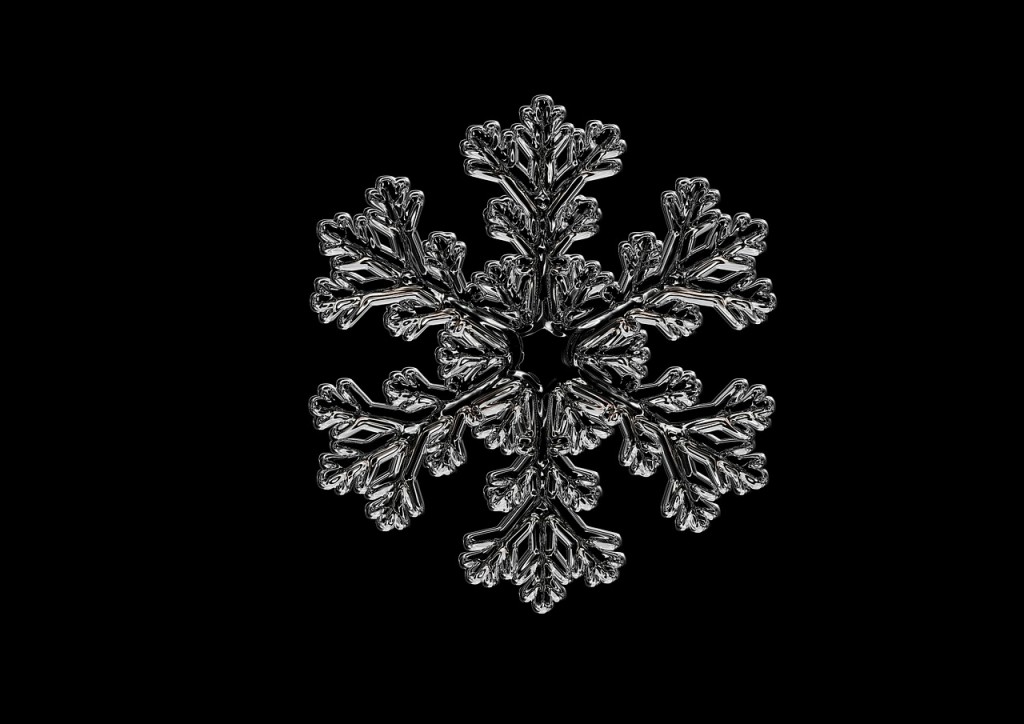
It
is almost New Year’s eve! Although most people are happy to be saying goodbye
to the year 2020, it has certainly been a year to remember! Of course, when we
talk about New Year’s eve, the words of Auld Lang Syne will surely come up! Why
is that? What’s the song about?
This
song’s melody is synonymous with the new year (and the theme of change) in the
English-speaking world, despite nearly incomprehensible words. The problem is
that the text on which the song is based is not in English at all — it’s
18th-century Scots, a similar but distinct language responsible for lyrics in
the song such as “We twa hae run about the braes / and pou’d the gowans
fine” that are utterly incomprehensible to Americans.
But
the story of how an 18th-century Scottish ballad became
synonymous with the new year is tangled, involving both Calvinist theology’s
traditional aversion to Christmas and the uniquely central role that watching
television plays in American New Year’s celebrations. Bridging the gap is a
once-famous, now-forgotten Canadian big band leader who for decades defined New
Year’s Eve and transformed a Scottish folk custom into a global phenomenon.
“Should
old acquaintance be forgot?” is a rhetorical question the song asks?
The
answer is that it’s a rhetorical question. The song is asking whether old
friends should be forgotten, as a way of stating that obviously one should not
forget one’s old friends. The version of the song we sing today is based on
a poem published by Robert Burns, which he attributed to “an old
man’s singing,” noting that it was a traditional Scottish song.
So,
remember to not forget about your old friends! And on that note, let’s dive deeper
into the cultural history of New Years.

Assarhadon – Babylon
The
earliest recorded festivities in honor of a new
year’s arrival date back some 4,000 years to ancient Babylon.
For the Babylonians, the first new moon following the vernal
equinox—the day in late March with an equal amount of sunlight and
darkness—heralded the start of a new year. In 45 B.C., New Year’s Day is
celebrated on January 1 for the first time in history as the Julian calendar
takes effect.
Soon
after becoming Roman dictator, Julius Caesar decided that the traditional
Roman calendar was in dire need of reform. Introduced around the seventh
century B.C., the Roman calendar attempted to follow the lunar cycle but
frequently fell out of phase with the seasons and had to be corrected. In addition,
the college of priests, the Roman body charged with overseeing the calendar,
often abused its authority by adding days to extend political terms or
interfere with elections.

Chinese New Year
One
of the oldest traditions still celebrated today is Chinese New Year, which is
believed to have originated over 3,000 years ago during the Shang Dynasty. The
holiday began as a way of celebrating the new beginnings of the spring planting
season, but it later became entangled with myth and legend. According to one
popular tale, there was once a bloodthirsty creature called Nian—now the
Chinese word for “year”—that preyed on villages every New Year. To frighten the
hungry beast, the villagers took to decorating their homes with red trimmings,
burning bamboo, and making loud noises. The ruse worked, and the bright colors
and lights associated with scaring off Nian eventually became integrated into
the celebration.
Festivities
traditionally last 15 days and tend to center on the home and the family.
People clean their houses to rid them of bad luck, and some repay old debts as
a way of settling the previous year’s affairs. To encourage an auspicious start
to the year they also decorate their doors with paper scrolls and gather with
relatives for a feast. Following the invention of gunpowder in the 10th
century, the Chinese were also the first to ring in the New Year with
fireworks. Since Chinese New Year is still based on a lunar calendar that dates
to the second millennium BC, the holiday typically falls in late January or
early February on the second new moon after the winter solstice. Each year is
associated with one of 12 zodiacal animals: the rat, ox, tiger, rabbit, dragon,
snake, horse, goat, monkey, rooster, dog, and pig. Modern
celebrations of the Lunar New Year include the tradition of giving the
gift of a bright, beautiful red envelope (known as hóngbāo) to your
friends and family. These envelopes are filled with money – and symbolize good
wishes, luck, and prosperity for the new year ahead.

Nowruz Table
In
Iran and other parts of the Middle East and Asia, the roots of Nowruz (or “New
Day”) reach far back into antiquity. Often called the “Persian New Year,” this
13-day spring festival falls on or around the vernal equinox in March and is
believed to have originated in modern day Iran as part of the Zoroastrian
religion. Official records of Nowruz did not appear until the 2nd century, but
most historians believe its celebration dates back as far as the 6th century
B.C. and the rule of the Achaemenid Empire. Unlike many other ancient Persian
festivals, Nowruz persisted as an important holiday even after Iran’s conquest
by Alexander the Great in 333 B.C. and the rise of Islamic rule in the 7th
century A.D.
Ancient
observances of Nowruz focused on the rebirth that accompanied the return of
spring. Traditions included feasts, exchanging presents with family members and
neighbors, lighting bonfires, dyeing eggs, and sprinkling water to symbolize
creation. One unique ritual that arose around the 10th century involved
electing a “Nowruzian Ruler”: a commoner who would pretend to be king for
several days before being “dethroned” near the end of the festival. Nowruz has
evolved considerably over time, but many of its ancient traditions—particularly
the use of bonfires and colored eggs—remain a part of the modern holiday, which
is observed by an estimated 300 million people each year.

Hatshepsut
In
the same region, ancient Egyptian culture was closely tied to the Nile River,
and it appears their New Year corresponded with its annual flood. According the
Roman writer Censorinus, the Egyptian New Year was predicted when Sirius—the
brightest star in the night sky—first became visible after a 70-day absence.
Better known as a heliacal rising, this phenomenon typically occurred in
mid-July just before the annual inundation of the Nile River, which helped
ensure that farmlands remained fertile for the coming year. Egyptians
celebrated this new beginning with a festival known as Wepet Renpet, which
means “opening of the year.” The New Year was a time of rebirth and
rejuvenation, and it was honored with feasts and special religious rites.
Not
unlike many people today, the Egyptians may have also used this as an excuse
for getting a bit tipsy. Recent discoveries at the Temple of Mut show that
during the reign of Hatshepsut the first month of the year played host to a
“Festival of Drunkenness.” This massive party was tied to the myth of Sekhmet,
a war goddess who had planned to kill all of humanity until the sun god Ra
tricked her into drinking herself unconscious. In honor of mankind’s salvation,
the Egyptians would celebrate with music, revelry, and—perhaps most important
of all—copious amounts of beer.
As
you look toward 2021, no matter how you choose to celebrate, we at High Touch
High Tech – Science Made Fun, wish each one of you a safe, happy, and joyous
New Year!
And if
you’d like to kick off the new year with your very own fireworks, try out our
at-home experiment, “Exploding Colors”!
Find a list of what you need and instructions here: https://sciencemadefun.net/downloads/Exploding_Colors.pdf
You can
also watch our “How To” video here:
https://youtu.be/QSBsGSYUKLY























 ScienceMadeFun.net
ScienceMadeFun.net







